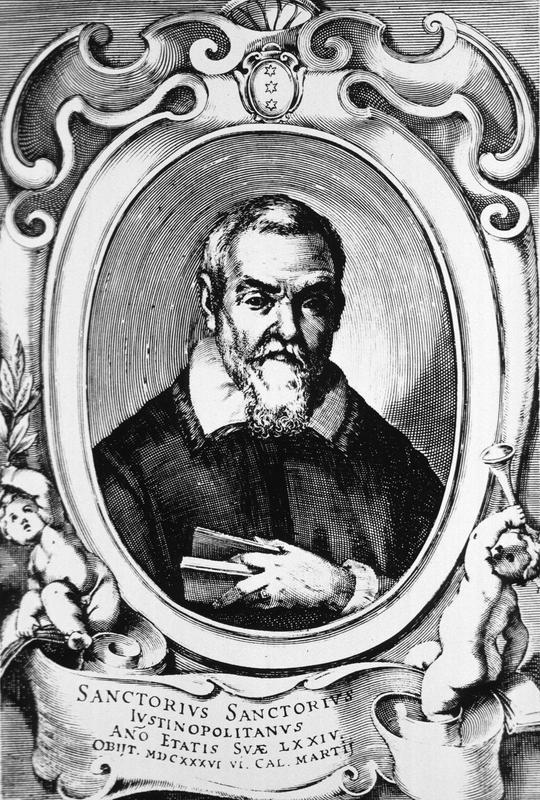
Koper, the largest town on Slovenia’s coast, is best known for its historic Old Town, which dates back to the glory days of the Venetian Republic. And it was Venetian-ruled Koper that was the birthplace of man who revolutionized medicine and make important contributions in other fields of science.
Born into a noble family in 1561, Santorio Santorio possibly had Slovenian ancestry; there is some evidence that the family had originally been named Svetina. But whatever his background, he turned out to be a remarkably intelligent child. He was accepted to the University of Padua aged just 14 and went on to study physics and medicine at the famed institution.
After graduation, Santorio practiced medicine for a number of years until he returned to his alma mater as a professor in 1611. He operated in the same scientific circles as Galileo Galilei, and a number of his inventions changed the face of Western medicine. He invented a device used to remove bladder stone and named it “trocar” - a term that survives to this day. He also developed an instrument used to measure the pulse rate - the first of its kind anywhere -, and pioneered the study of metabolism. Santorio analyzed the relationship between food intake and human waste, paving not just the way for modern physiology, but also introduced the use of precision measurements in medicine.
Among other things, Santorio also pioneered the use of the thermoscope, a predecessor of the medical thermometer. His revolutionary findings were published in a book that was translated into several European languages and was widely used across the continent for decades.
His groundbreaking inventions extended even beyond medicine and included the world’s first wind gauge and a device used to measure the strength of water currents. Santorio conducted many of his experiments in Venice, where he moved after his professorship in Padua – and that’s where he died 1636, at the age of 74.

































































